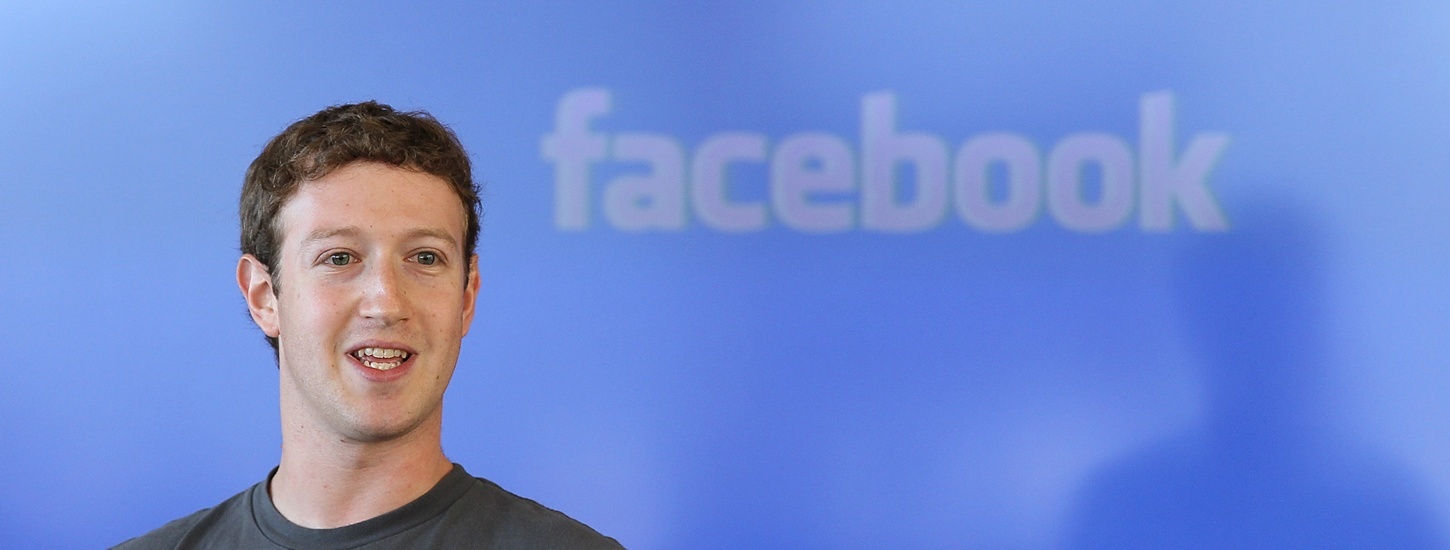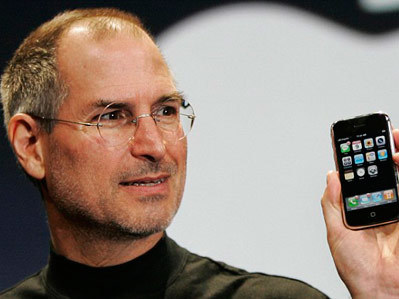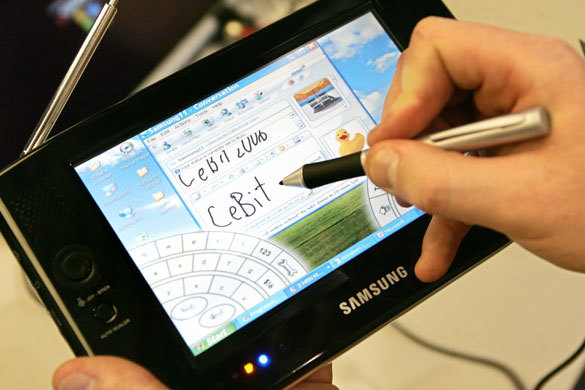Where to get really working ideas for startups

Goes through Mother Russia, the creak of the brain is great. The bogatyrs of mental labor and thought are sitting at their tables. Whatever new idea to give birth to, and to clothe it in a program or service, and stir up a powerful startup.
And then richer overseas Bill Gates to become yes on the wonderful yacht in the sea-okayane with dark-skinned beauties to swim.
Surely each of you has at least one friend, burning desire to get rich (to create your own business, to become famous, etc.) in this way.
But how many people who managed to realize the idea invented do you know?
This is it ...
Steve Blank and Bob Dorf in his voluminous work “Startup. The founder’s handbook says that a startup should be based on a hypothesis. Hypothesis that this product will be necessary and demanded by the consumer.But here beginner starters face two problems.
The criterion for the success of the hypothesis is success. Either commercial, when the product manages to monetize, or the growth of the customer base (unless of course this fact can be positively evaluated by potential investors / buyers of the company).
If the hypothesis turns out to be wrong, then it is necessary to modify it quickly and continue work in a new direction. And so far you will not succeed.
')
First, few people are willing to give up the great idea. He suffered it, dreamed at night, programmed in the evenings. A naughty consumer will appreciate what a great thing they offer him. You just need to wait
And secondly (and this is the most important), the invented ideas have nothing to do with the desires of potential buyers. These are the desires of the inventors themselves.
Is it possible to follow the path of the implementation of invented ideas? You can, just do not forget that as soon as the fact of low sales of the product informs the founders about the failure of the hypothesis, it must be immediately modified.
And do not be fond of manilovism, but it will turn out like the hero N.V. Gogol:
"Sometimes, looking from the porch to the courtyard and the pond, he would talk about how nice it would be if you suddenly made an underground passage from the house or built a stone bridge across the pond, on which were on both sides of the shop, and merchants sat and sold various small goods necessary for the peasants, “At the same time his eyes were made extremely sweet and his face took the most pleased expression, but all these projectors ended in only one word ...”
However, I must warn you. Even if you work hard and successfully adapt your hypothesis, success, alas, is unlikely. Why? Yes, because ...
Brilliant products are born only from real needs!

Twitter creator Jack Dorsey needed a simple tool that allowed him and his friends to report their location and current lesson. He made a simple short message publishing system. Then friends of friends began to use this service, the bill went to hundreds, thousands. Gradually improved the functionality. And as a result, Twitter has become what we know it.

Facebook founder Mark Zuckerberg created a comic service, through which students could hold a virtual "beauty contest" - compare photos in pairs. Later, extensive social interaction functionality was added, but the service was available only to Harvard students. Well, when the restrictions were lifted, the social network began its triumphant march.

Thomas Siebel was concerned that information about the interaction of his sales managers with customers was often lost. Data on counterparties and planned actions were usually stored in spreadsheets, or simply on scraps of paper. Realizing that it was impossible to live like this, Zibel began the development of a centralized repository of all sales information — interests, transactions, contacts, actions. As a result, the first CRM was born - Siebel .
How did the founders of all three companies act?
- People had specific tasks / problems.
- To solve these problems, they created products.
- Products have become popular not only among those for whom they were originally intended, but also among the general public.
- The development of products for the needs of this general public began, which attracted even more users / customers.
Here is a simple recipe for success :)
Come on, author, wait a minute - you tell me. But what about the IT genius of all times and peoples, Steve Jobs?

He never asked the buyers what they needed. He invented a new gadget, and people happily opened their wallets to meet him.
First, Steve listened to the needs of a solvent audience. So came the iPad.
And secondly, Jobs is one. The rest are more like Bill Gates.

In 1995, Gates suddenly woke up and realized that he had overlooked the emergence of the Internet. He tried to intercept the situation and create his own, pocket Internet called MSN (Microsoft Network).

It was originally planned that all computers under Windows will be interconnected in a network. Isolated and fully owned by Microsoft.
Later, when the concept of isolation failed, MSN transformed itself into an Internet provider and news portal. Later provider business also fell off.
In 2006, Microsoft decided that the time for mobility had come and came up with the concept of Ultra-Mobile PC (UMPC), aka Project Origami.

The devices were supposed to become pocket-sized, users would start singing with happiness. To control the stylus should be used, and as the operating system - modified Windows (and you doubt?).
It was possible to release several devices from Samsung (this company was one of the authors of UMPC) and the eternal enthusiasts of the Chinese.
After that, the platform ordered to live long.
Microsoft gets enough money from the sale of Windows and Office to cover all possible losses from unsuccessful experiments.
Do you or your investor have the financial capabilities of Bill Gates?
So now is the time to look at the list of unresolved IT problems in your company. Perhaps one problem will make a successful product?
Source: https://habr.com/ru/post/298904/
All Articles